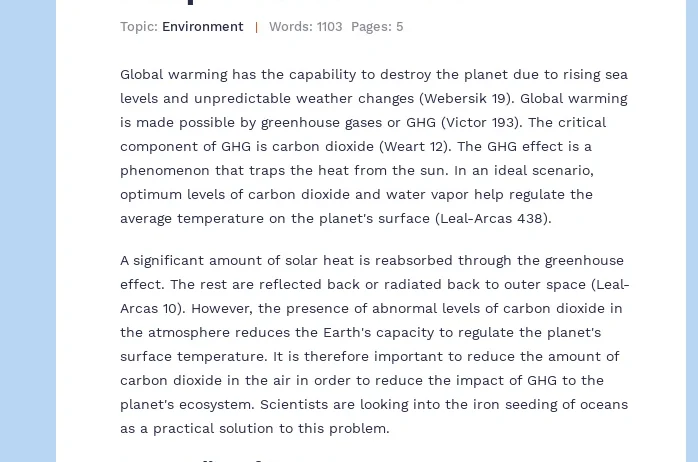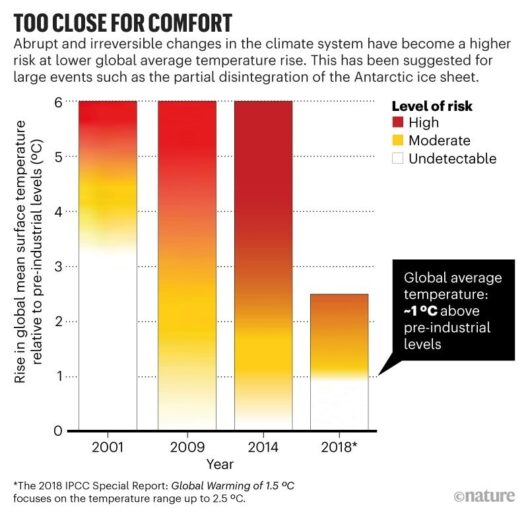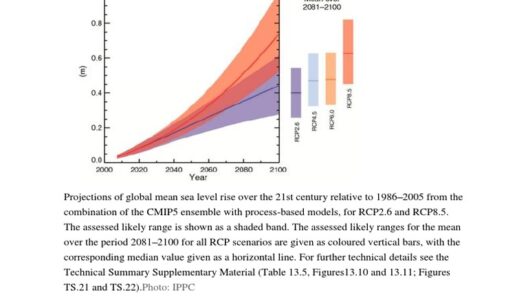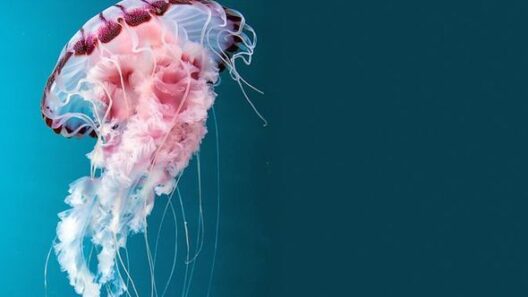Climate change clawed its way into our collective conscience like an uninvited guest, creating a cacophony of rising sea levels and extreme weather patterns. To address this environmental tempest, scientists and environmentalists have turned their gaze toward an unusual hero: iron. The concept of fertilizing oceans with iron – often termed “ocean iron fertilization” – is one of the more intriguing and controversial strategies being explored to combat global warming. It is akin to giving the ocean a delicate infusion, a life-giving elixir intended to nurture the verdant blooms of phytoplankton, those microscopic powerhouses of the marine ecosystem.
The premise is simple yet profound. Iron is an essential nutrient for phytoplankton, which form the foundation of the marine food web. When sufficient iron is introduced into iron-deficient regions of the ocean, phytoplankton flourish, undergoing photosynthesis at an impressive rate. These minuscule algae absorb carbon dioxide from the atmosphere, thereby mitigating one of the most pernicious greenhouse gases contributing to global warming. Just as a forest acts as a carbon sink, seeding the ocean with iron could cultivate a vast aquatic forest, teeming with life and sequestering carbon in the process.
However, this method is imbued with complexities and uncertainties. The ocean is not a sterile laboratory; it is a living, breathing ecosystem, boasting a myriad of interdependencies and delicate balances. When one considers the ramifications of such an intervention, the mind wanders to the age-old adage: “One man’s remedy is another man’s poison.” Introducing iron could have unforeseen consequences, such as creating dead zones where excessive phytoplankton growth depletes oxygen and disrupts marine life. Iron fertilization could, paradoxically, lead to larger-scale ecological disruptions, akin to tilting a Jenga tower and watching it all come crashing down.
To appreciate the potential impact of iron fertilization, one must examine the carbon cycle in its entirety. Phytoplankton not only sequester carbon dioxide; they also produce oxygen, contributing significantly to the breathable atmosphere we depend on. The blooms trigger a cascade of reactions throughout the marine food web, forming nutrient cycles that sustain diverse marine life. The metaphorical flourish of a single brushstroke on a canvas could lead to a mesmerizing mural, but it could also mar the overall picture if not carefully executed.
Fertility in the depths of the ocean could lead to a surplus of organic matter sinking to the seafloor, “locking” carbon in sediment for decades or even centuries. This long-term sequestering is essential in mitigating climate change’s immediate effects. Nonetheless, one must remain vigilant; organic matter decomposition can also release harmful methane and nitrous oxide, potent greenhouse gases exacerbating global warming. The ocean, thus, becomes a double-edged sword, offering salvation and danger in precarious harmony.
The technical logistics of ocean iron fertilization are labyrinthine. Scientists must consider several variables, including the bioavailability of iron, the impact of existing nutrient levels, and the response of local organisms. The scale of fertilization would have to be enormous—targeting vast patches of ocean, potentially encompassing hundreds of square kilometers. It is reminiscent of planting a single tree versus reforesting an entire valley. Each effort must be meticulously planned and executed, monitoring feedback loops to ensure ecological health is preserved.
Proponents of iron fertilization often evoke the notion of geoengineering, a term that can invoke both awe and trepidation. The specter of humanity playing God in Earth’s climate system looms large, inviting ethical dilemmas and governance debates. Who has the right to manipulate the ocean, and to what end? Engaging in such geoengineering initiatives without a comprehensive understanding of marine ecosystems could lead to an “experiment” of dystopian proportions, redirecting vital resources away from necessary climate actions such as reducing carbon emissions, conserving energy, and advancing renewable technology.
The financial aspects of ocean iron fertilization are equally complex. Investment in such ventures can draw funding away from proven climate fighting strategies like reforestation and solar energy advancements. Critics contend that pouring resources into experimenting with our oceans might reflect a dangerous tendency to seek technological fix-alls rather than committing to sustainable practices. Iron fertilization might symbolize the epitome of ecological hubris—the belief that technology alone can rectify the ills wrought by industrialization.
Furthermore, regulatory frameworks governing ocean fertilization are still nascent. International agreements like the London Protocol pose stringent guidelines on ocean dumping, with many nations expressing skepticism about the ethical and ecological implications of fertilizing the oceans. Striking a balance between innovation and stewardship requires an interdisciplinary approach, involving chemists, biologists, oceanographers, and ethicists to forge a collaborative path forward.
As we gaze into the horizon, contemplating the complexities tied to ocean iron fertilization, it becomes clear that this approach occupies a precarious middle ground between hope and caution. Wearing the mantle of ocean advocate requires one to acknowledge both the grandeur of potential solutions and the sobering reality of ecological interconnectivity. Treading lightly in this domain may yield profound insights into a sustainable future, where humanity learns not just to harness nature, but to harmonize with it, nurturing the relationship akin to a gardener tending to flourishing soil.
In summation, the salinity of this debate encompasses scientific potential, ecological ethics, and societal responsibility. Ocean iron fertilization might not be the panacea for global warming. Yet, like a tiny seed, it offers the possibility of growth – if carefully cultivated. The urgency of the climate crisis demands we explore innovative pathways while respecting the intricate interplay of life that the ocean embodies. The journey toward a sustainable future awaits, beckoning us to tread thoughtfully upon its surface.







